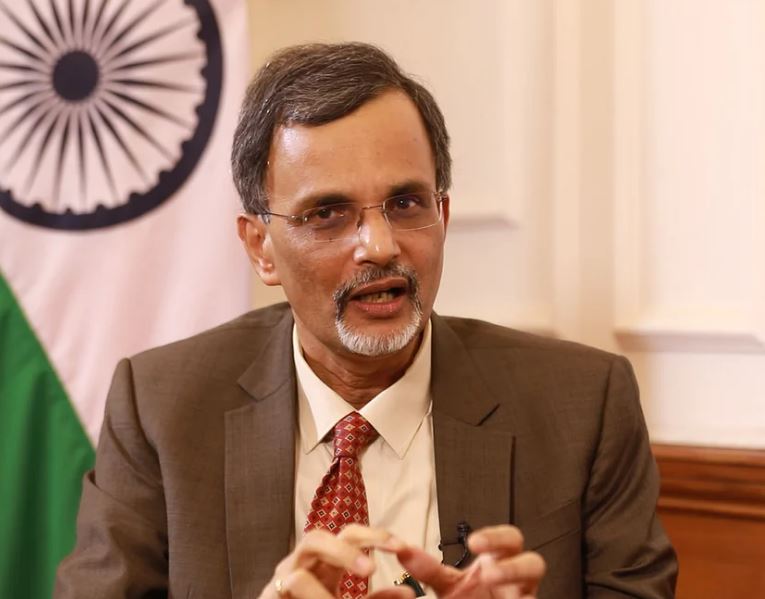New Delhi: Chief Economic Advisor (CEA) V Anantha Nageswaran Tuesday said India is not defending the rupee and the Reserve Bank of India is taking necessary steps to ensure that the movement of the rupee is gradual and in line with market trends.
Nageswaran further said that the rupee is being managed in a manner that reflects the fundamentals of the economy.
“India is not defending the rupee… I don’t think Indian fundamentals are such that we need to defend the rupee. The rupee can take care of itself,” he said at an event here.
The Indian rupee, in August, had touched an all-time low of 80.15 against the US dollar. It is currently hovering at 79.15 level against the American currency.
“The RBI is making sure that whatever direction the rupee is moving in line with the market trends is just gradual and doesn’t impose burden either on the importers or the exporters,” Nageswaran added.
On declining foreign exchange reserves, he said, “Global risk aversion prevents capital from coming in. Naturally that is what (foreign) reserves are meant for.”
The country’s foreign exchange reserves declined by USD 3.007 billion to USD 561.046 billion in the week ended August 26, the Reserve Bank of India (RBI) data showed.
In the previous week ended August 19, the reserves had dipped by USD 6.687 billion to USD 564.053 billion.
The fall in the reserves during the reporting week ended August 26 was on account of a dip in the Foreign Currency Assets (FCA), a major component of the overall reserves, and the gold reserves, according to the Weekly Statistical Supplement released by the RBI on September 2.
Responding to a question on rise in inflation in August, he said the price rise is also partly due to base effect.
“And, I think because of the market reading the sowing data as something that is signalling a future… Which is probably misplaced.
“So, in that sense, I feel that there is scope for a month-on-month spike to come down,” Nageswaran added.
According to government data, retail inflation inched up to 7 per cent in August from 6.71 per cent in July.
Talking about India’s macroeconomic situation, Nageswaran said while international agencies are showing India’s trend growth at 6 per cent, he thinks the country’s trend growth rate will easily be 7 per cent per annum for the remainder of this decade and beyond.
“I am taking 6 per cent as a very easily attainable growth rate and I am adding 0.5 per cent from the capex boom and another 0.5 per cent come from the fact that digital public infrastructure which we have created,” he said.
According to Nageswaran, if the global cycles operate in India’s favour in the next few years then exports growth will give the country an additional icing on the cake, ‘which can take India’s economic growth to 7.5-8 per cent’.
As per the RBI estimate, the country’s GDP is expected to witness a growth of 7.2 per cent in the current financial year, while the IMF recently cut India’s growth rate by 0.8 percentage point to 7.4 per cent for fiscal year 2022.
Observing that India’s banking system is willing to lend and the corporate sector is waiting to borrow and invest, he said it is just being held back because of temporary uncertainties, including the Russia-Ukraine war and the COVID-19 pandemic.
“So, investment spending, which we had experienced back in 2006-12 is going to come back,” he said, adding that will be one major driver.
Emphasising that India’s small and medium enterprises need to be brought into the formal system, Nageswaran said there is need to work consistently and tirelessly to remove many friction points for small and medium enterprises.
“I have been saying repeatedly it is one thing to divest from LIC, the corporation, but it is another thing to divest from LIC, the ecosystem — licensing, inspection and compliance.
“That needs to happen on a war footing. And that will be the key to economic growth,” he asserted.
The CEA also stressed on the need to increase the share of the manufacturing sector in India’s GDP.
“We have few large successful enterprises and we have millions of micro and small enterprises but we still lack what we call middle manufacturing,” he opined.
PTI
